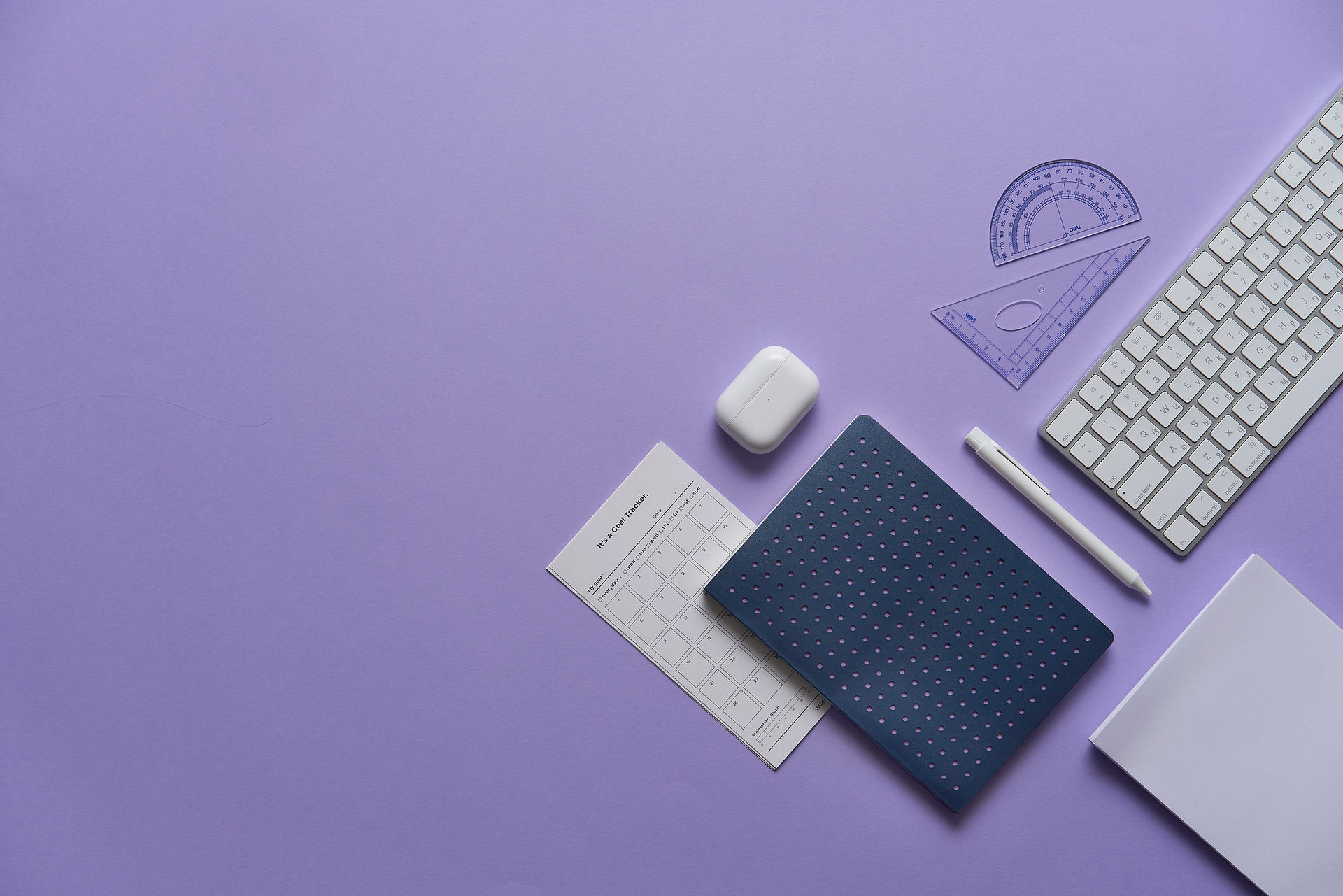Mastering the Art of the Walking Meeting: A Guide to Productivity and Well-Being
- Angela Spangler
- Sep 9, 2024
- 3 min read

In the quest for a healthier and more productive work environment, professionals are reimagining traditional meetings. One innovative approach gaining popularity is the walking meeting, a practice that combines the benefits of physical activity with the efficiency of a business discussion.
Continue reading for my insights on mastering the art of the walking meeting for optimal productivity and well-being.
1. Ergonomic Considerations on the Move
Ergonomics isn't limited to traditional office setups – it extends to the world around us. From each pair of shoes you don, to every tool you pick up there are ways to improve your comfort and safety with each decision you make.
Footwear Matters: Select comfortable, supportive footwear for walking meetings, especially if they are likely to last for an extended period. This helps maintain good posture and reduces the risk of discomfort or fatigue. While living in New York City, I always kept a pair of sneakers for commuting to and from the office, and would switch into them for walking meetings to prevent discomfort or injury from my more fashionable office footwear.
Carry Minimal Essentials: If your meeting is mid day and you will return to your desk, take the bare minimum with you on your walking meeting. The less you are juggling the more you will be able to focus on the discussion rather than any discomfort.
Maintain Good Posture: When was the last time you thought about your gait or walking posture? Make sure to set the pace at a comfortable speed for all participants in the walking meeting. Ideally walking meetings are best when you are either on a call and have appropriate headphones so that you can be heard effectively and still contribute to the conversation, or if you are walking with another individual in a one on one style meeting. When you get to more than 2 people it can be hard for everyone to navigate the walk and actively participate in the conversation, so be considerate of which types of meetings lend themselves best for a walk.
2. Choose the Right Route
Selecting an appropriate route is crucial to the success of a walking meeting. Consider factors such as terrain, noise levels, and the availability of seating areas for longer discussions. A well-thought-out route contributes to a positive experience and enhances the overall effectiveness of the meeting.
Nature's Influence: Whenever possible, choose routes that incorporate natural elements like parks or green spaces. Exposure to nature has been linked to increased creativity and improved well-being.
Avoid High-Traffic Areas: Opt for quieter routes to minimize distractions and ensure clearer communication. Sidewalks, trails, or designated walking paths are ideal choices.
3. Tech Integration for Seamless Collaboration
Integrating technology into walking meetings can enhance collaboration and ensure that important points are not lost. Leverage the following tech tools to make the most of your mobile discussions:
Wireless Headsets: Invest in high-quality, noise-canceling wireless headsets to maintain clear communication, especially in outdoor settings where ambient noise may be a factor.
Mobile Devices and Note-Taking Apps: Equip participants with mobile devices for note-taking and reference. Consider using collaborative note-taking apps to capture and share key points in real-time.
4. Mindful Engagement and Inclusivity
Promote mindful engagement to ensure that walking meetings are inclusive and effective. Encourage participants to be present, actively listen, and contribute to the discussion. Additionally, be mindful of accessibility considerations, ensuring that all team members can comfortably participate.
Include Everyone: Consider the needs of all team members, including those with mobility challenges. Offer alternatives or adaptations to ensure that everyone can participate in the walking meeting experience.
Set Clear Objectives: Clearly define the purpose and objectives of the walking meeting to keep participants focused and engaged. This ensures that the physical activity enhances, rather than distracts from, the discussion.
5. Post-Walking Meeting Practices
Capitalize on the energy and creativity generated during walking meetings by incorporating thoughtful post-meeting practices:
Summarize and Share: Provide a summary of key takeaways from the walking meeting and share it with participants. This ensures that everyone is on the same page and can refer back to important points.
Encourage Follow-Up Actions: Identify actionable items that arise during the walking meeting and assign responsibilities. Encouraging prompt follow-up actions maintains the momentum generated during the discussion.
Conclusion
The walking meeting is more than just a trend; it's a strategic approach to fostering a healthy and productive work culture. By incorporating ergonomic considerations, choosing the right routes, leveraging technology, promoting mindful engagement, and implementing thoughtful post-meeting practices, professionals can master the art of the walking meeting. This innovative approach not only enhances physical well-being but also stimulates creativity and collaboration, leading to more dynamic and effective team interactions. So, lace up your walking shoes and step into a new era of productive and energizing meetings!




Comments